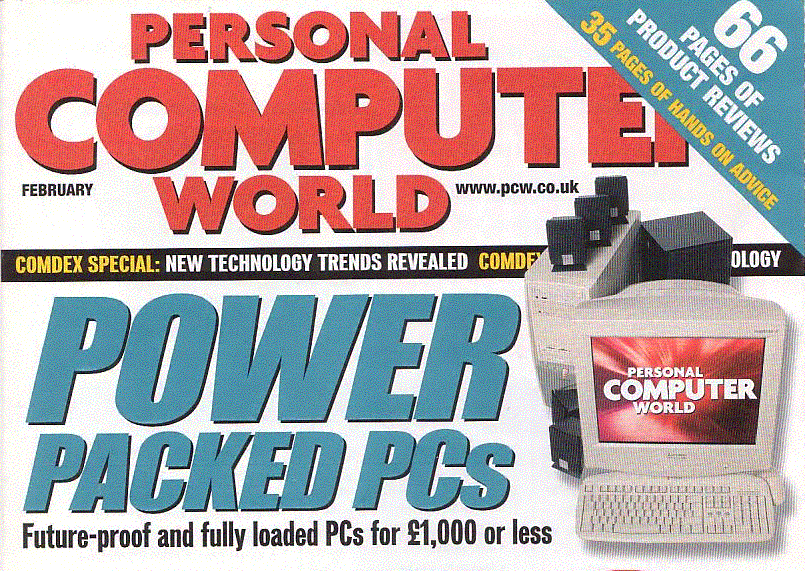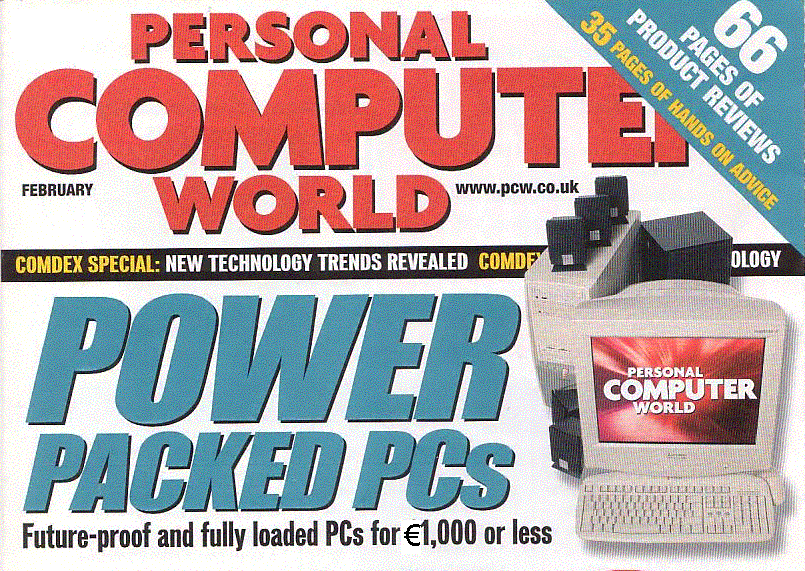Steven Pemberton, CWI, Amsterdam and W3C
Chair, W3C HTML and Forms Working Groups
ME
ME
= Maine
Looking at GA= Georgia, and FL= Florida, it appears that there is no real rule.
What I could work out is:
NE: Nevada or Nebraska?
NE: Nevada or Nebraska?
It's Nebraska, but NB would have been a better choice
NE: Nevada or Nebraska?
It's Nebraska, but NB would have been a better choice
MI: Mississippi, Missouri, Michigan, or Minnisota?
NE: Nevada or Nebraska?
It's Nebraska, but NB would have been a better choice
MI: Mississippi, Missouri, Michigan, or Minnisota?
It's Michigan, but MG would have been a better choice
NE: Nevada or Nebraska?
It's Nebraska, but NB would have been a better choice
MI: Mississippi, Missouri, Michigan, or Minnisota?
It's Michigan, but MG would have been a better choice
MS: Mississippi, Missouri, or Minnisota?
NE: Nevada or Nebraska?
It's Nebraska, but NB would have been a better choice
MI: Mississippi, Missouri, Michigan, or Minnisota?
It's Michigan, but MG would have been a better choice
MS: Mississippi, Missouri, or Minnisota?
It's Mississippi, but MP would have been a better choice.
But solving these problems with reading 2-letter codes would still not solve the problem of writing them.
Winter school was open in December
Water is warm
I couldn't believe it wasn't possible to do the 2-letter codes better.
So I wrote a program.
The best rule I came up with:
My point here is that the 2-letter codes were introduced because of automation.
But that is no excuse.
So this year is the 20th anniversary of the Mac. "The computer for the rest of us".
Well, the rest of them actually, because the type of person who turns up at an XML conference isn't likely to be your average computer user.
So let me tell you about people.
People have different psychological makeups.
One theory, of Jung, uses 4 variables:
Bruce "Tog" Tognazzini best described it in "Tog on Interface" in the section "The Goldilocks Theories"
...Tog...
The fact is, people are strange, yes even you
Writing text
The fact is, people are strange, yes even you
Writing text
Playing chess: command interface, mouse interface, 'direct manipulation' interface with real pieces
Playing chess: command interface, mouse interface, 'direct manipulation' interface with real pieces
Hold your hand up
Count the number of triangles on the next screen
Drop your hand when you have counted
but count the red shapes
To demonstrate Moore's Law
Take a piece of paper, and divide it in two:
This demonstrates that your current computer is more powerful than all other computers you have had put together
Badly...
Why aren't we using it to make people's (our!) lives better?
For instance programming.
In the 70's programmers were free. Nowadays, hardware is free.
According to the DoD, 90% of the cost of software is debugging.
According to Fred Brookes, Mythical Man Month, the number of bugs increases quadratically according to code size: L1.5.
I.e a program that is 10 times longer is 31 times harder to write.
Programming languages seem to always be designed for the machine. That may have been a wise decision in the 60's.
In the early 80's a group of us sat down to design a programming language from the programmer's perspective.
Interesting team: Dick Grune (CVS), Guido van Rossum (Python), Lambert Meertens

Imagine, hypothetically, that programmers are humans...
All evidence to the contrary:
Also pretend, just for a moment, that their chief method of communicating with a computer was with programming languages.
What should you do?
Treat it like a user interface design problem:
Order of magnitude easier to use: a program that would take you a week took you an afternoon.
Only 5 datatypes
Mathematicians and cryptographers loved it.
Trick is: supply high-level primitives
Guido van Rossum: Python
Dick Grune: CVS
Lambert Meertens: Got another order of magnitude reduction
Others of us: Views, extensible markup language, structured vector graphics, stylesheets, a DOM, etc. (Ran on Atari ST)
(and if we're honest, why we are here today)
Why was HTML successful?
- It fulfilled a need
- ...
- It was easy to use
So, let's go back to the early days

<title>My HTML File</title> <h1>My first Webpage</h1> Welcome to my page!
Now let's fast forward 10 years:

When XML was designed...
This is OK. But beware: role model!
<?xml version="1.0" encoding="UTF-8"?>
<!DOCTYPE html
PUBLIC "-//W3C//DTD XHTML 1.0 Strict//EN"
"http://www.w3.org/TR/xhtml1/DTD/xhtml1-strict.dtd">
<html xmlns="http://www.w3.org/1999/xhtml"
xml:lang="en" lang="en">
<head>
<title>Virtual Library</title>
</head>
<body>
<p>Moved to
<a href="http://example.org/">example.org</a>.
</p>
</body>
</html>
Fast forward again









<?xml version="1.1" encoding="UTF-8"?>
<?xml-stylesheet type="text/css" href="xhtml2.css"?>
<!DOCTYPE html PUBLIC "-//W3C//DTD XHTML 2.0//EN" "xhtml2.dtd"[
<!ATTLIST html
xmlns:xsi CDATA #FIXED "http://www.w3.org/2001/XMLSchema-instance"
xsi:schemaLocation CDATA #IMPLIED >
<!-- long list of redundant ATTLIST declarations for ID ... -->
]>
<html xmlns="http://www.w3.org/2002/06/xhtml2" xml:lang="en"
xmlns:ev="http://www.w3.org/2001/xml-events"
xmlns:xfm="http://www.w3.org/2002/01/xforms"
xmlns:xlink="http://www.w3.org/1999/xlink"
xmlns:svg="http://www.w3.org/2000/svg"
xmlns:xsi="http://www.w3.org/2001/XMLSchema-instance" xmlns:ev="http://www.w3.org/2002/xml-events" xmlns:mumble bla bla bla ginger
xsi:schemaLocation="http://www.w3.org/2002/06/xhtml2 xhtml2.xsd ...">
<head>
<title>My web page</title>
</head>
<body>
...
</body>
</html>
(Several things have been left out here for briefness)
"If there's an X in it, it must be good"
Would you rather write
if a < 0 then a= -a
or
<if><rel op="less than"><var name="a"/><constant value="0"/></rel>
<then><set><var name="a"><expr><neg><var name="a"/></neg></expr>
</set></then>
</if>
Use the notation to match the circumstances.
It would be fairly easy to add a generalised part to the XML pipeline that parsed unmarked-up text, and produced XML as a parse tree: it's just a different sort of transform.
We could have our cake and eat it!
Computers are getting more powerful
People aren't.